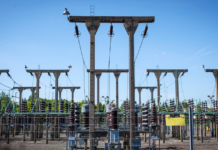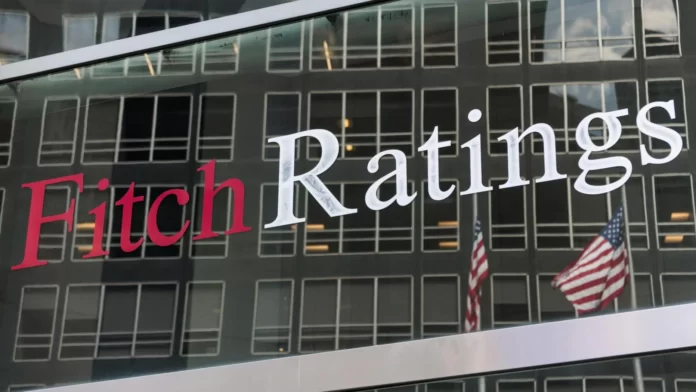Pakistan’s banking sector is expected to experience growth as the country’s operating environment stabilises, according to Fitch Ratings in its latest report. The rating agency highlighted that easing macroeconomic pressures and stronger sovereign creditworthiness are creating a more favourable climate for the sector.
In April 2025, Fitch upgraded Pakistan’s Long-Term Issuer Default Rating (IDR) to B-/Stable from CCC+, citing the country’s progress in economic recovery, structural reforms, and fiscal consolidation. The agency’s outlook for the banking sector remains positive, although risks tied to Pakistan’s still-weak credit rating and the pace of reforms remain.
Fitch noted that Pakistan’s economy has shown signs of stabilization following a period of high inflation and sluggish growth. The country’s real GDP is forecast to expand by 3.5% by 2027, compared to 2.5% in 2024. Inflation, which had reached a peak of 38% in May 2023, has eased sharply to 4.1% in July 2025.
The central bank’s decision to cut the policy rate by half since May 2024, bringing it down to 11%, alongside a steadier external position and current account surpluses, is expected to reinforce the recovery. Fitch said the lower rate environment and improved macroeconomic backdrop would encourage private-sector credit demand, which had fallen to a cyclical low of 9.7% of GDP in 2024.
Fitch also noted that continued reforms could help banks expand private lending while reducing their reliance on financing the public sector. Despite recent challenges, Pakistan’s banks have shown resilience, with the sector’s impaired loan ratio declining to 7.1% by March 2025, down from 7.6% at the end of 2023.
Though growth may moderate, lower borrowing costs are expected to strengthen repayment capacity and keep asset-quality risks manageable. Bank profitability has returned to more normal levels, with the return on average equity easing to 20% in Q1 2025, down from around 27% in 2023. Fitch expects loan expansion and treasury income to continue supporting earnings.
The capital adequacy ratio for banks rose to a decade-high of 21% by March 2025, well above the regulatory minimum of 11.5%. While increased private-sector lending could weigh on this metric, capital buffers are projected to remain sound.
Funding and liquidity remain strong, with customer deposits accounting for 65% of total funding, a low loan-to-deposit ratio of 38%, and deposit dollarization at just 7%. These strengths are expected to support the banking sector’s growth in the medium term.
Fitch concluded that large banks, especially those that diversify revenue sources and maintain prudent lending standards, will be well-positioned to benefit from Pakistan’s economic recovery while managing unforeseen risks.
























